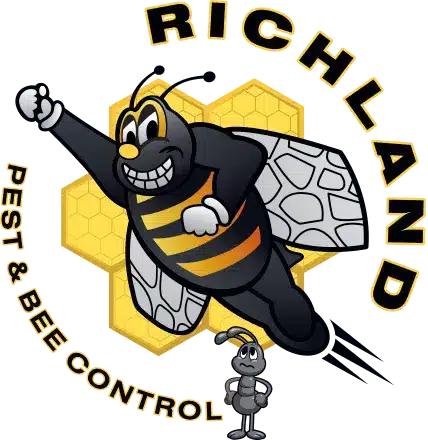New York City has frequented the news cycle for its efforts in the war on rats. These efforts include new rodent legislation and the search for a new “Chief Rat Killer” in the city.
The problem is only getting worse, with rat sightings reportedly up 70% from the same time two years ago.
This new legislation put in place by Mayor Eric Adams includes a ban on all businesses and apartment buildings setting out their trash before 8 pm.
This requirement helps to reduce the time frame that rats have access to our trash. This new legislation also requires all landlords to take control of their rodent issues if and when they arise.
After two or more rodent complaints, landlords will be required to keep all trash in heavy-duty, vermin-proof garbage bins.
With these changes in place, they hope they will be “putting a dent in our rodent problem,” said Mayor Adams at the bill signing. He added, “I’ve made it clear I hate rats — and we’re gonna kill some rats.”
He’s not alone in those thoughts, as we’re dealing with our own rodent problem here in Connecticut.
In fact, Hartford is ranked #19 in Orkin’s rattiest city list for 2022. Since our cities are experiencing similar issues, we look to New York City’s recent legislative efforts for an idea of how to contain the rodent problem in our state.


Rodents have an alarmingly fast reproduction rate; therefore, it’s crucial to avoid attracting rodents to your home.
Here we will go over some recommendations you can use to prevent a problem before it gets started.
As mentioned in New York’s new legislation, it is essential to keep all garbage in sealed containers equipped with tight-fitting lids.
Mice can survive on less than an ounce of food a day, so these steps are necessary to avoid drawing in and sustaining rodent populations.
Other possible food sources in and around your house include pet food, bird feeders, and open snacks.
Keeping any potential food source sealed away in plastic containers is one way to ensure you are not adding to a potential problem.
Mice and rats can make their way into your home through the smallest of spaces. In the colder seasons especially, they will often look to your home in search of a warm place to nest and find food.
Sealing holes that are a half inch or smaller inside and outside the house can help keep these unwanted visitors on the outside looking in.
Rodents will be happy to nest within any clutter around your home. Potential nesting sites include leaf piles, deep mulch, grass, and twigs.
Clearing the exterior of your home of these materials can help avoid giving rodents a place to nest around your home.
There are various signs that you may be dealing with a rodent problem. Some of these signs, such as rodent droppings around food, in drawers, or under the sink, can be obvious.
Keep an eye out for any small holes chewed through the walls and floors, as these could be potential entry points for rodents to move throughout your house.
Nesting material such as shredded paper, fabrics, or dried plant matter can also signify that there are rodents nearby. As nocturnal creatures, you may never see them.
Therefore, it is vital to look for these signs and take swift action if you suspect you have a rodent infestation. We recommend contacting a pest control professional immediately to get ahead of the problem.
Richland Pest & Bee Control has been serving the state of Connecticut for over 45 years. To help control nuisance pests such as rodents, we have the solution and can customize treatment plans to suit your needs and budget.
Call us at
1-800-308-9126, or contact us online for a free estimate.


Richland Pest & Bee Control is a family-owned pest management company serving Connecticut and Western Massachusetts for over 40 years. Known for their expertise and 5-star customer service, they offer reliable solutions for stinging insects, rodents, and other pests, ensuring homes and businesses stay pest-free.